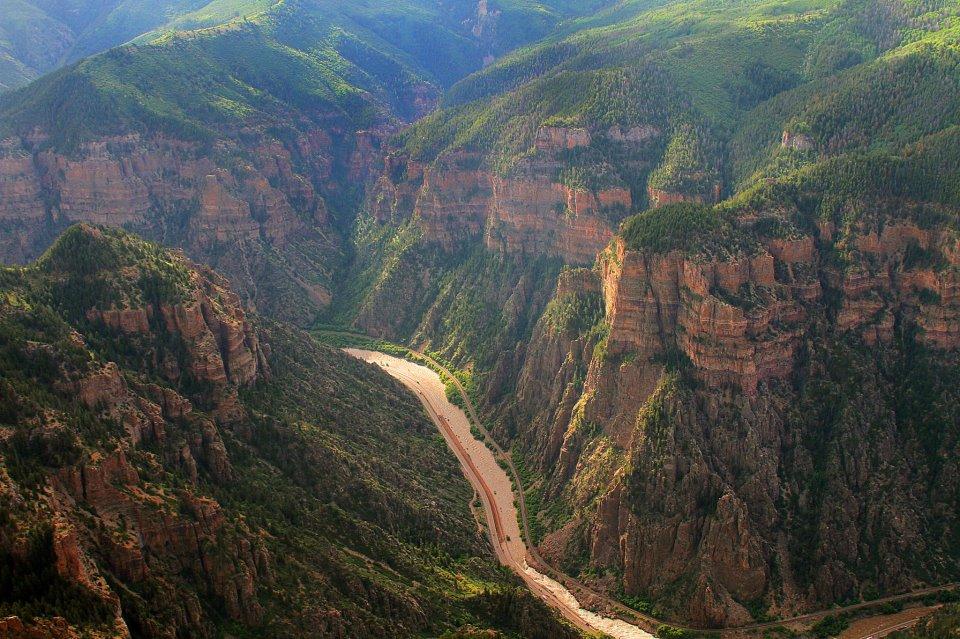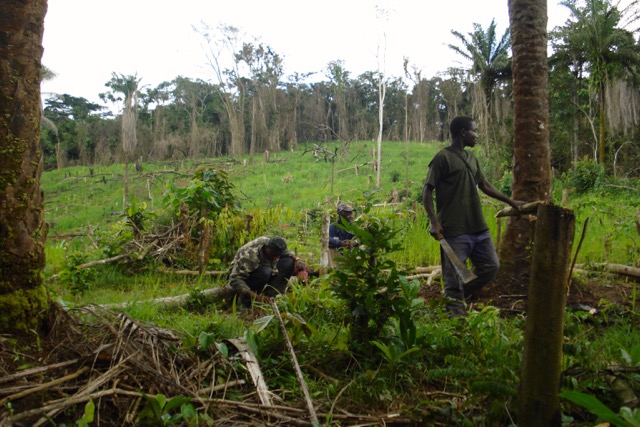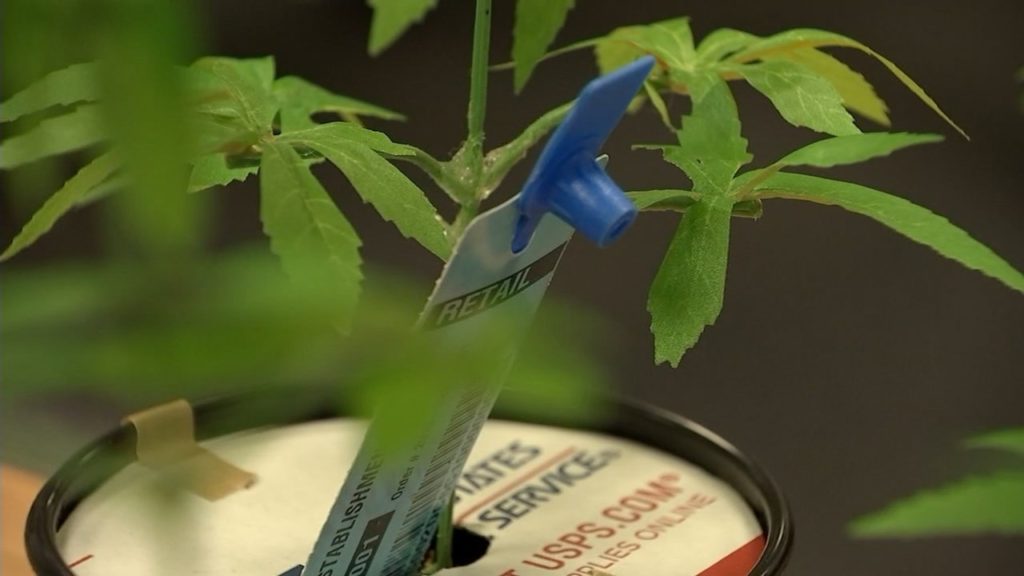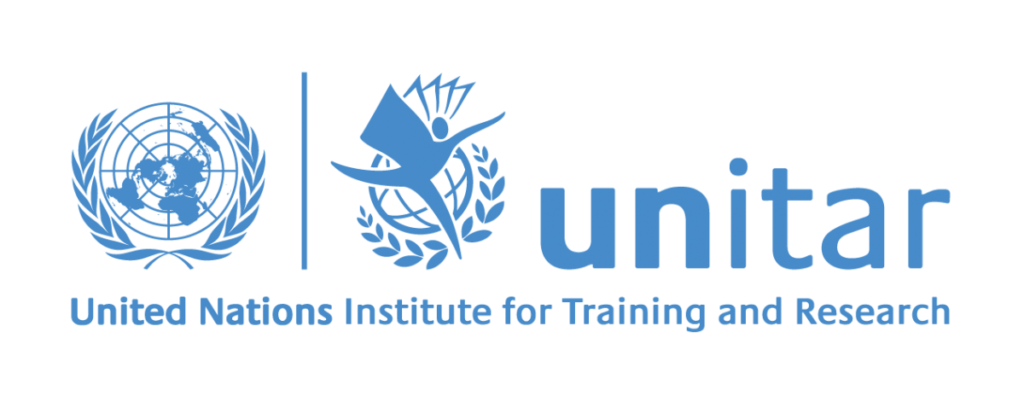
As Colorado’s principal policy and planning agency for the Colorado River, the Colorado River District covers 15 counties on Colorado’s Western Slope as it winds its way through seven western states into Mexico. While the River District has a long and accomplished history in the Colorado River Basin, meeting its mission of protecting, conserving and developing the Colorado River’s resources for the diverse and evolving needs of western Colorado – including significant agricultural, municipal, environmental and recreational interests – is no easy feat. This is particularly true in an era of increasing uncertainty, competition for water resources, and rapidly changing demographics, culture, and technology. CDR Associates facilitated a process for the District’s Board, representing 15 counties throughout western Colorado, to identify and prioritize strategic goals for the District as it enters a new era of reallocation, scarcity and variability. This process required understanding the diverse and varying needs of the river’s sub-basins, balancing short-term water needs with long-term goals, weighing climate projections, considering inter-state Compact requirements and needs, and striving to protect western agriculture while representing evolving priorities of the ‘new West.’ It required staying true to the District’s advocacy mission and history, while continuing to integrate collaborative approaches to help meet the District’s goals. The planning process will be reflected in an updated strategic plan for the District to help guide it through this time of significant change for District and the entire Colorado River Basin. For more information, contact Ryan Golten or Chris Moore, visit our water practice page, or visit the Colorado River District’s website.





